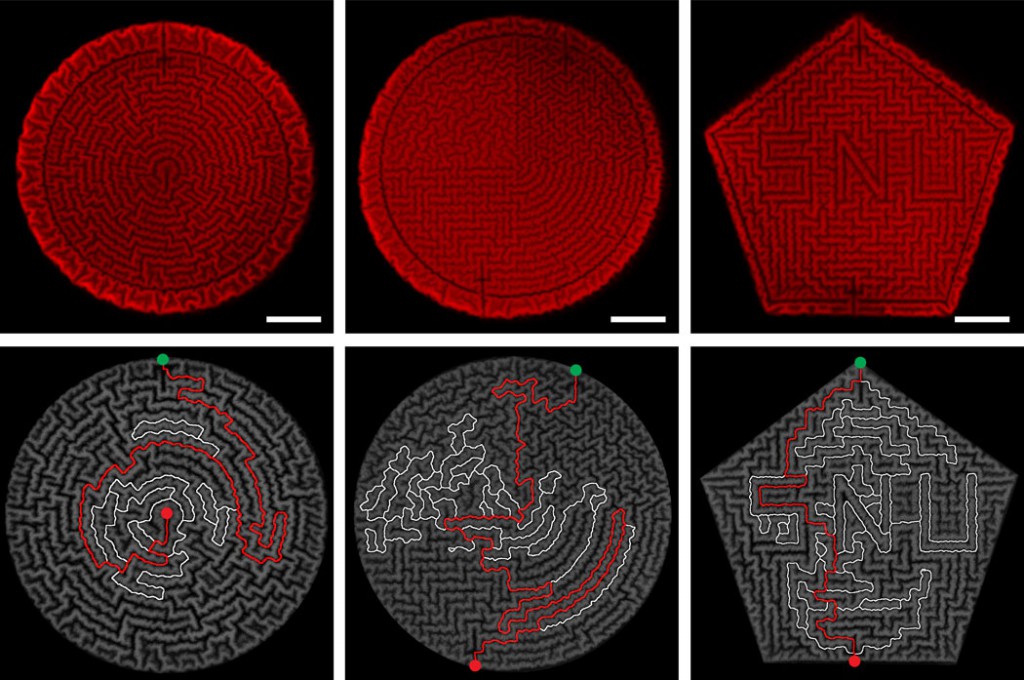Self-Wrinkling Mini-Mazes Could Serve as Cybersecurity Moats
Posted on Categories Discover Magazine

Scientists are bringing wrinkles into style with self-organizing mini-mazes that could someday serve as digital fingerprints for secure technology.
In a study published Friday in Science Advances, a team of researchers, led by Wook Park of Kyung Hee University in South Korea, demonstrated a fabrication technique that offers greater control over how wrinkling, usually a random process, occurs on a silica-based substrate.
The new technique coats a piece of polymer with a silica substrate, and then shines a light on it, dehydrating the system. The bottom (polymer) layer shrinks and the silica wrinkles. The result is both visually captivating and scientifically intriguing as wrinkles play a critical role in many natural phenomena from tumors to landscapes. Surface properties at the micron scale change how a material interacts with light, water and biomolecules.
“Even though we have some control of the length scale or periodicity, we don’t know exactly what kind of pattern will appear when we first do this process,” says Sung Hoon Kang, assistant professor of mechanical engineering at Johns Hopkins University. The virtue of this method is that order and randomness can coexist.
The intrinsic randomness of the process has always had interesting security applications—think tiny fingerprints or barcodes used to tag a device. This ‘guided randomness’ could be used as a unique identifier, but simultaneously provides enough control to encode some information into the pattern: a unique, but not arbitrary, identifier.
This hybrid result came from the combination of two conventional methods of microstructure formation. Top-down processes (like lithography) etch a flat surface. Bottom-up processes build on a flat surface. Park’s research group used lithography to create precise guide grooves in the base polymer, but left room for the bottom-up wrinkling to happen.
“The strongest point of our technology is we use small size is so hard to copy since it’s small,” says Park. The researchers are interested in seeing if the pattern can be made to be reversible.
Park says his ultimate goal is to add conductive materials to the patterns so they can be read electrically, generally a simpler process than analyzing a photo of a pattern.